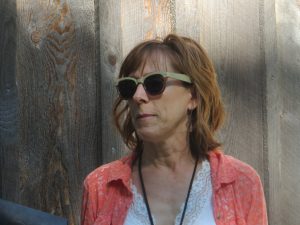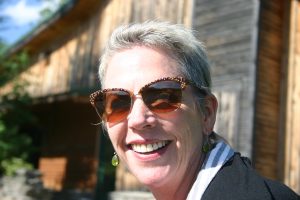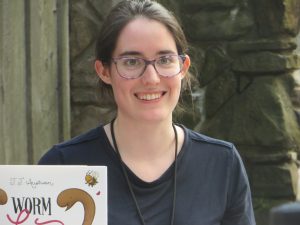A report from Highlights Foundation in Honesdale, PA.
On Friday, June 10, 2016, twenty picture book writers joined Leslie Helakoski and Kelly Bennett for Picture Books and All That Jazz 2016. It was a great weekend! See the Facebook album of photos.


The writers represented all levels from raw beginners to those on the cusp of selling something. Our job was to help them move along the journey of being a children’s book author.
The first night was intense: we spent three hours talking about the basics of picture books from length of printed book to the length of manuscripts that sell well. Character, plot, language–basic topics took most of the night’s material.
Some participants said that within the first hour, they were mentally rewriting their picture books!
Focusing Statement: Start Your Picture Book with a Bang
One helpful exercise was the Focusing Statement:
This is a story about ________________
Who more than anything else wants ___________________,
But can’t because:
1)
2)
3)
UNTIL _______________________________________.
When you get an idea for a picture book, it’s helpful to focus it by working on the narrative arc like this. If you have the focusing statement right, it shapes the story as you write.
Picture Book Language
On Saturday, discussion turned to the language used in picture books. Because they are read aloud, it’s not necessary to strictly limit your vocabulary choices. However, there’s a delicate balance of interesting words and maintaining clarity for the reader and audience.
My B.A. is in Speech Pathology and my M.A. is in Audiology. My favorite college class was phonics, or how the mouth changes shape to create various sounds. This knowledge of phonics has been extremely helpful in writing children’s books because the rhythm, voice and meaning are all affected by the sounds we choose. For example, if you are writing a lullaby, you don’t want to use harsh sounds such as d, t, k, g. Instead, choose words with liquid sounds such as l, w, r. At the PB&J retreat, we spent a session exploring how phonics affects the success of a picture book manuscript.
Picture Book Dummies
I love the process of cutting up a manuscript and pasting it into a dummy book. It’s easy to see if you have enough action images for an illustrator, or if you only have talking heads. When you read the manuscript as it will be laid out in a 32-page book, you suddenly see that this section is too long, that one is too short, and this one just doesn’t advance the story. Page turns become crucial. It’s a fun part of the process.
Picture Book Round Table Critiques
One fun part of the retreat is digging into the manuscripts. Participants were divided into three groups and assigned a table chaired by Kelly, Leslie, or myself. We read through each manuscript and talked about what was working, and then turned to the author’s next step in revising. The most common recommendation was the cut or tighten the prose. Some manuscripts went from 1000 to 350 words over the course of the weekend and the three critique sessions.
First Pages with Editor

As the weekend progressed, excitement built because on Sunday afternoon, we held a First Pages session with visiting editor Kelsey Murphy of Balzer & Bray (Harpercollins). This is a common session in writing conferences wherein the editor listens to someone read aloud the first page of a manuscript. Then she makes comments. Kelsey was generous with her comments pointing out what worked, why it might or might not work for her company, and generally encouraging the writer.
That wasn’t enough excitement, though, because while Balzer & Bray is usually closed to unsolicited submissions, Kelsey will take submissions for a month from this group. That kept the excitement high as writers worked to incorporate her comments in their next revision.
This is the third year that Leslie and I have taught the PB&J session at Highlights and it was exciting for us. The enthusiasm was high, writers bonded and created critique groups and everyone made great strides in their writing. A career isn’t built on a single book; instead it takes a concentrated effort over a long period of time. But the foundation laid this weekend for writers was amazing. Look out! These writers are going to do fantastic things!
Yes, we’ll be offering PB&J next summer at Highlights again. I’ll announce it on my blog when registration is open.